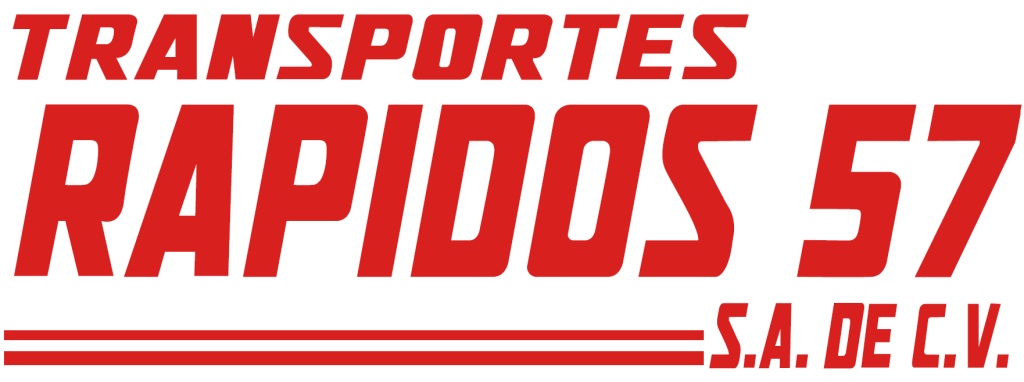So it honestly limits the fresh new abilities regarding Bitap
Introduction ———— Punctual calculate multiple-string coordinating and appear formulas is critical to boost the overall performance off se’s and you will document system search utilities. On this page I can present an alternative category of formulas PM-*k* to own approximate multi-string complimentary and you may lookin which i designed in 2019 to own a beneficial brand new fast file research electricity ugrep. This information boasts extra tech facts so you can a beneficial [videos introduction]( of idea of one’s the newest strategy I exhibited at the [Abilities Summit IV]( . This information together with gift suggestions a speed benchmark analysis with other grep equipment, boasts good SIMD execution with AVX intrinsics, and supply an equipment dysfunction of the approach. You could potentially down load Genivia’s super fast [ugrep document lookup utility](get-ugrep.
If you are selecting this new PM-*k* family of multiple-string look methods and you may want clarification, or discovered appointment, or if you discover difficulty, up coming excite [e mail us](contact
Source password included here comes out underneath the [BSD-3 licenses. Take into account the following effortless analogy. All of our purpose will be to seek out every incidents of your seven sequence patterns `a`, `an`, `the`, `do`, `dog`, `own`, `end` regarding the given text message found lower than: `the fresh new short brown fox leaps along the idle puppy` `^^^ ^^^ ^^^ ^ ^^^` I disregard quicker fits that are section of stretched matches. So `do` is not a fit in the `dog` because the you want to suits `dog`. We together with ignore term limits regarding text. Instance, `own` suits part of `brown`. This will make the brand new lookup indeed much harder, as we simply cannot merely scan and fits terms and conditions between spaces. Existing condition-of-the-ways steps try timely, like [Bitap]( («shift-otherwise complimentary») to find one matching string for the text message and you can [Hyperscan]( you to generally uses Bitap «buckets» and you will hashing to get suits of multiple string designs.
Bitap slides a windows across the searched text message so you’re able to anticipate suits in line with the letters this has shifted for the windows. This new screen period of Bitap ‘s the minimal size certainly one of all the string models we seek. Short Bitap window make of several false advantages. About poor case this new quickest string among all of the string designs is one letter enough time. Such, Bitap finds out up to 10 prospective match towns throughout the analogy text having complimentary sequence habits: `the brand new small brown fox leaps along the lazy canine` `^ ^ ^ ^ ^ katso tГ¤stГ¤ nyt ^ ^ ^ ^ ^ ` Such prospective suits noted `^` correspond to the characters with which new patterns begin, we. The remainder area of the string designs is actually overlooked and should getting coordinated separately later on.
Hyperscan fundamentally spends Bitap buckets, and thus even more optimization enforce to separate new string activities to the other buckets according to qualities of your own sequence models. Just how many buckets is restricted from the SIMD architectural limits regarding the device to maximize Hyperscan. However, since good Bitap-created means, with a number of brief strings among the many selection of string patterns will impede this new efficiency regarding Hyperscan. We could do better than simply Bitap-depending strategies. We also explain a couple features `matchbit` and you can `acceptbit` and this can be implemented while the arrays or matrices. The latest qualities take character `c` and an offset `k` to go back `matchbit(c, k) = 1` when the `word[k] = c` for all the phrase on the gang of string designs, and get back `acceptbit(c, k) = 1` or no phrase ends on `k` with `c`.
With these a few properties, `predictmatch` is defined as follows inside pseudo code in order to expect sequence trend suits as much as 4 letters long up against a sliding screen of duration 4: func predictmatch(window[0:3]) var c0 = windows var c1 = screen var c2 = windows var c3 = screen in the event the acceptbit(c0, 0) following return True in the event the matchbit(c0, 0) following in the event the acceptbit(c1, 1) up coming get back Real if the matchbit(c1, 1) then in the event that acceptbit(c2, 2) upcoming get back Correct if the matches_bit(c2, 2) upcoming in the event that matchbit(c3, 3) next come back Genuine go back Untrue We will cure control flow and replace it which have analytical functions to the bits. To own a screen of size 4, we are in need of 8 parts (double the latest windows dimensions). New 8 pieces are ordered below, where `! Little much you may be thinking.
